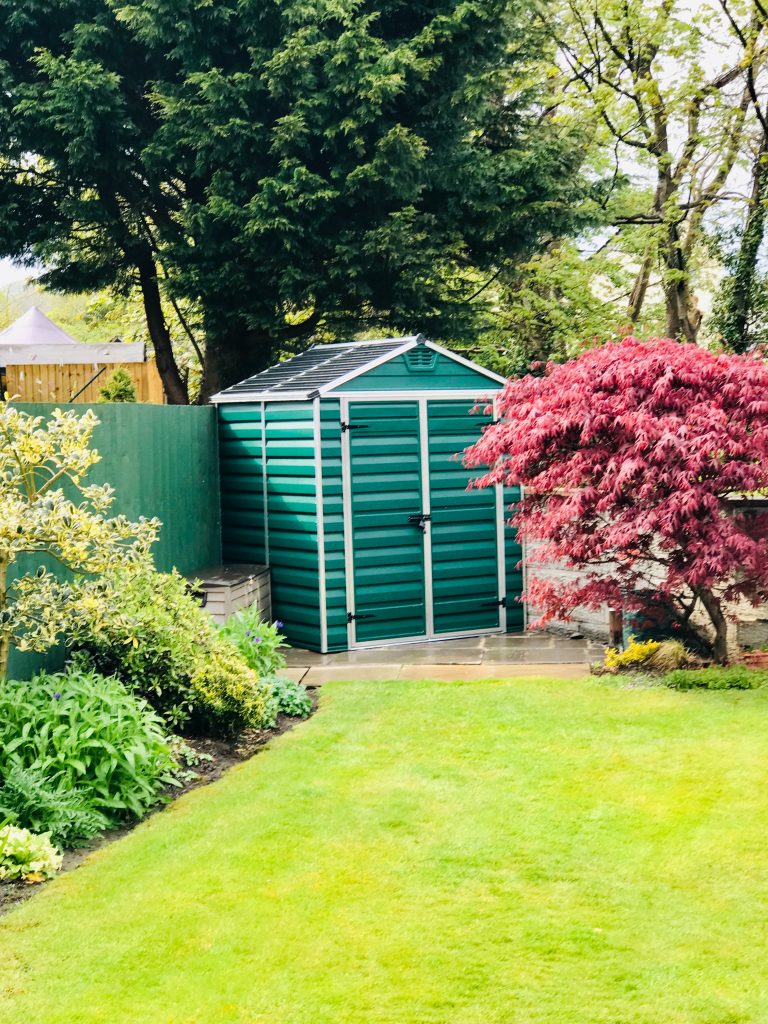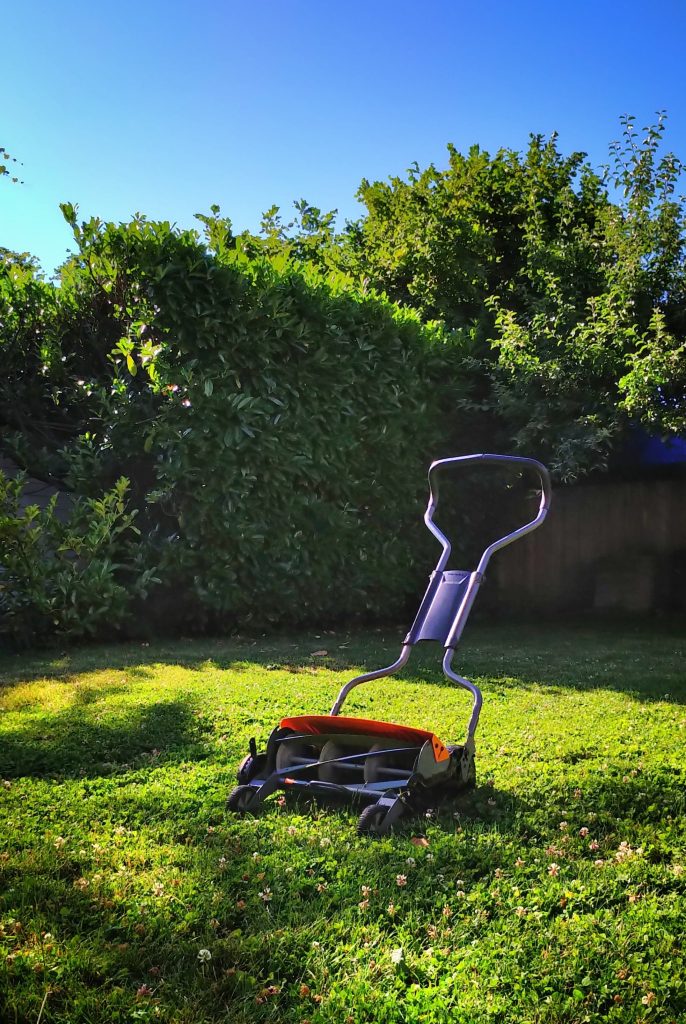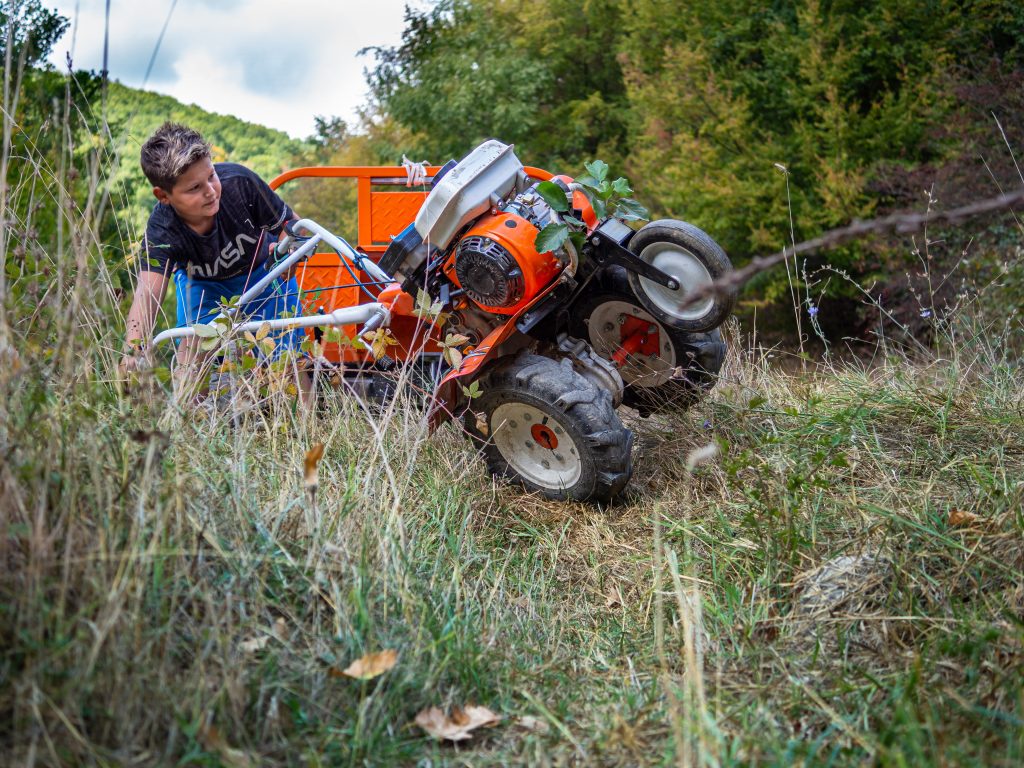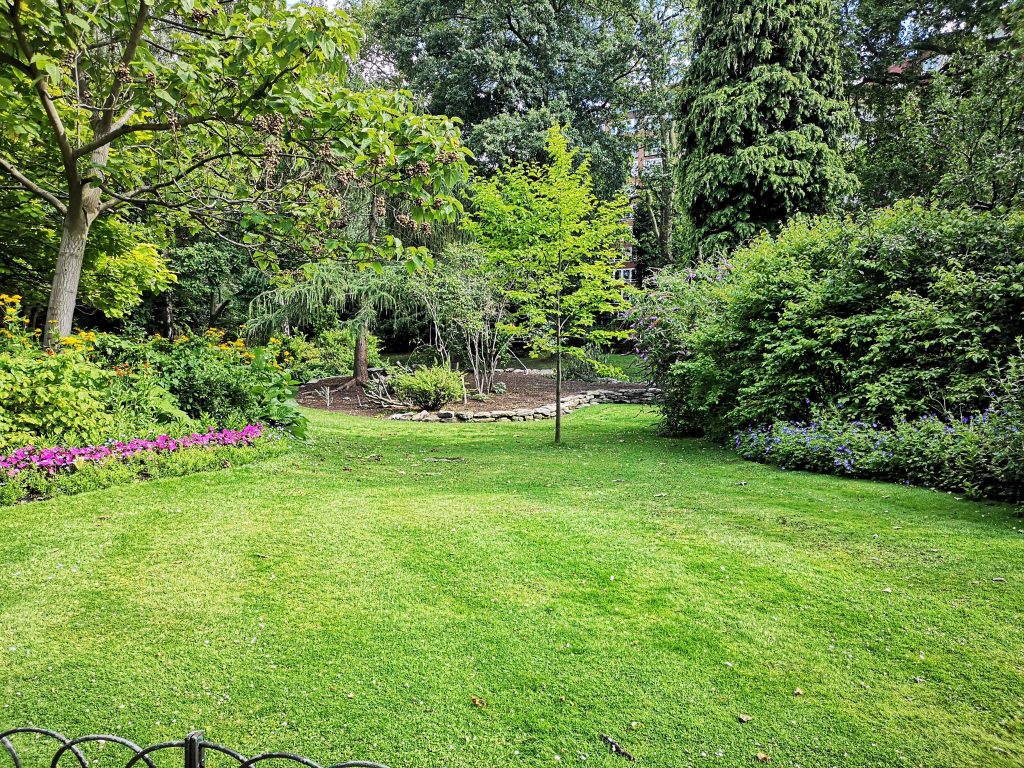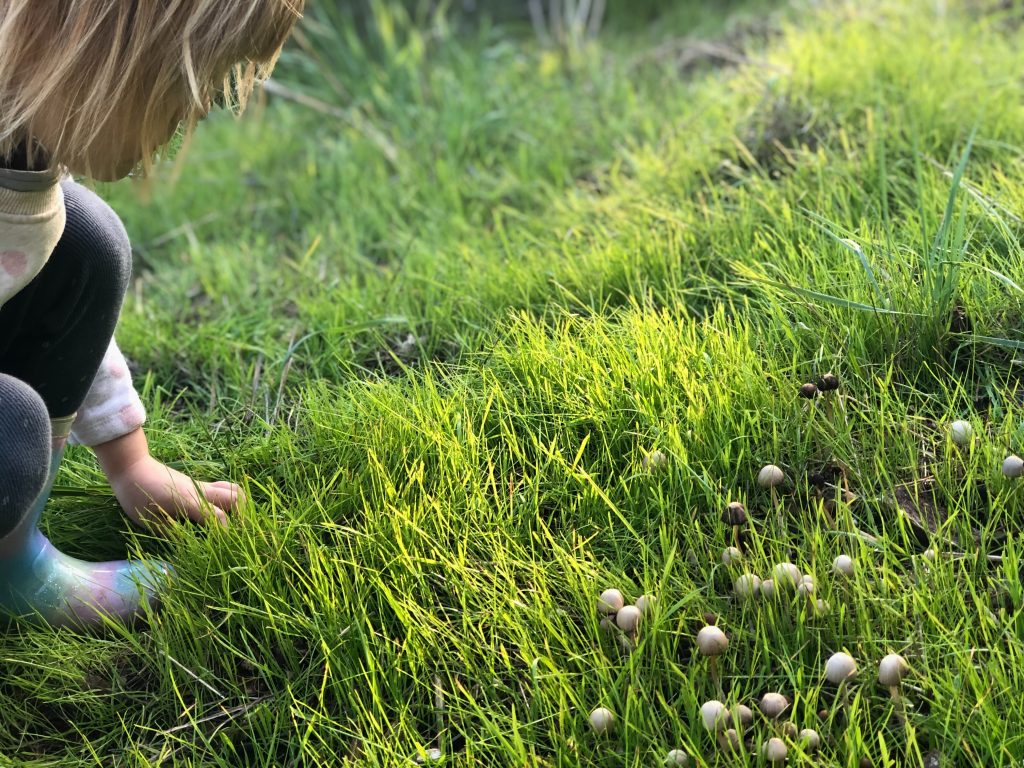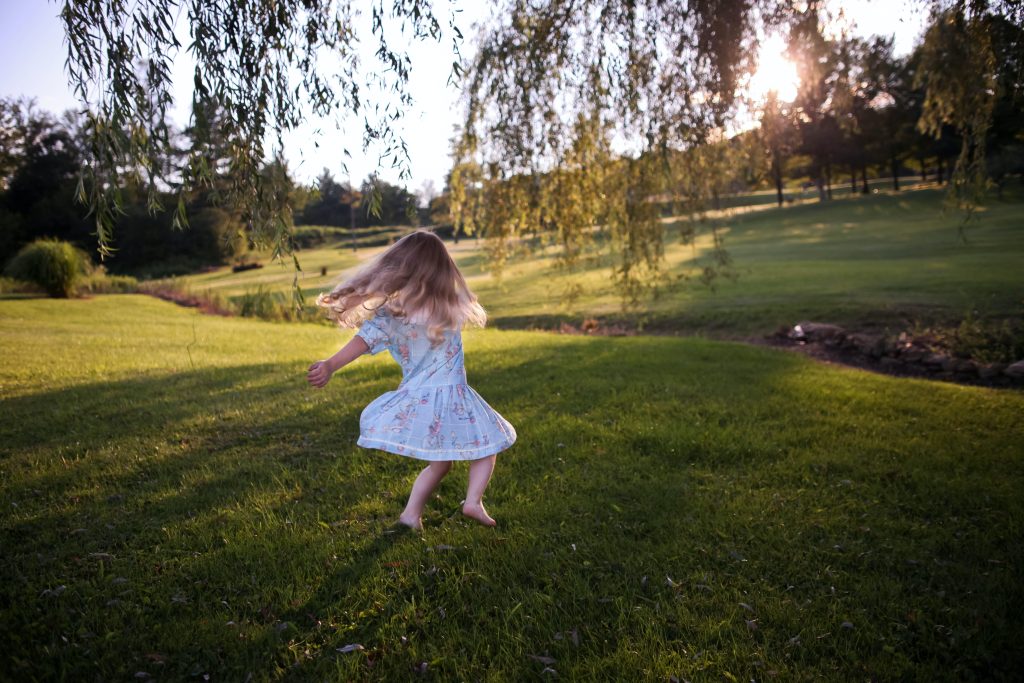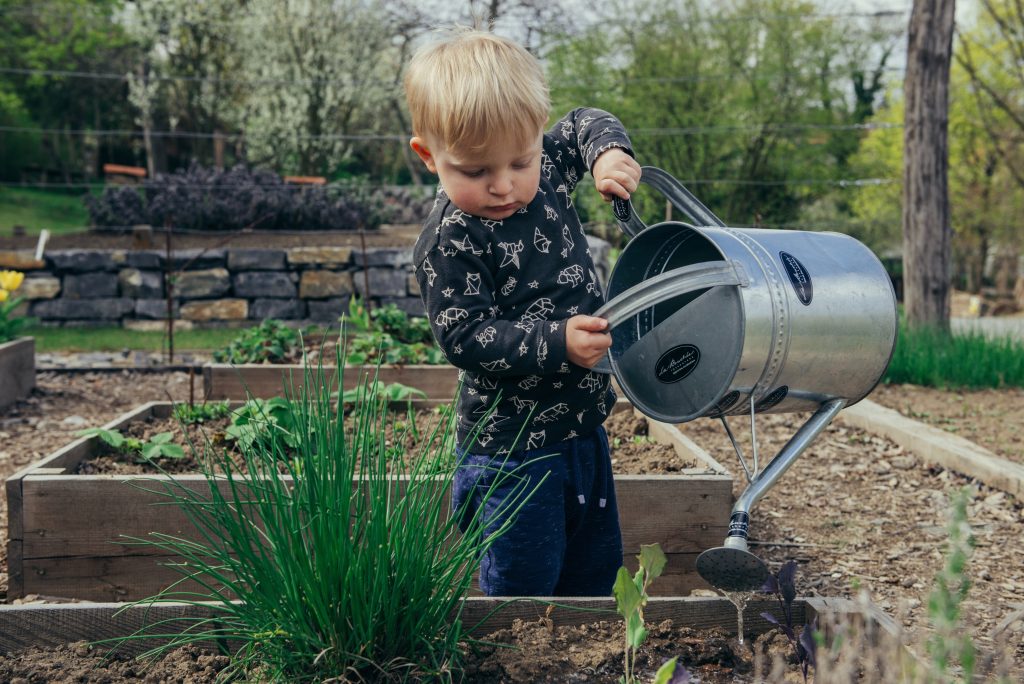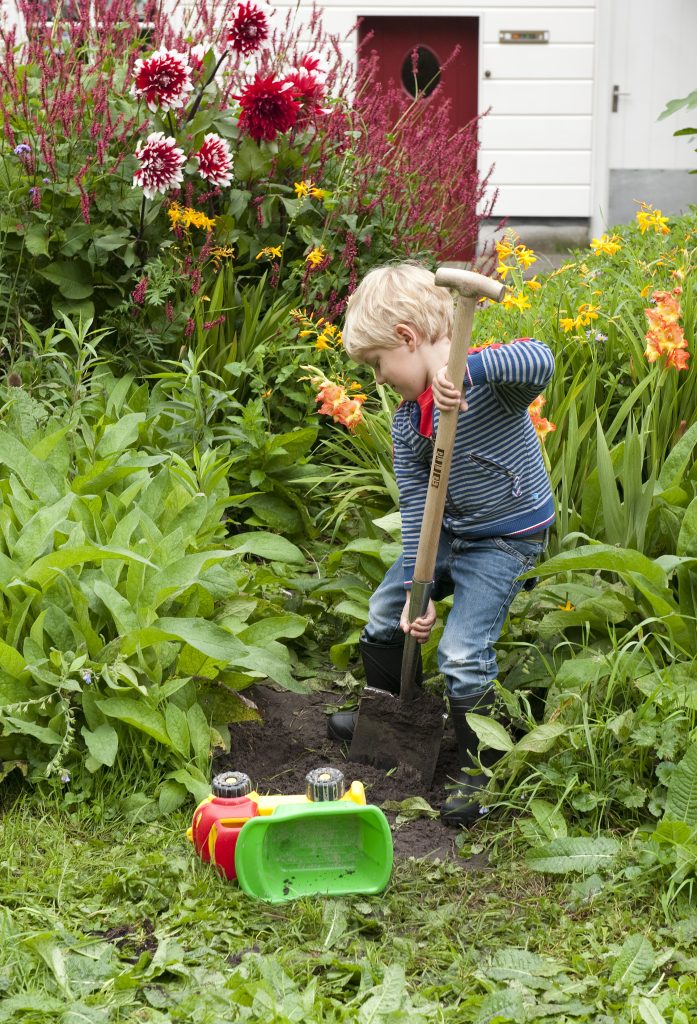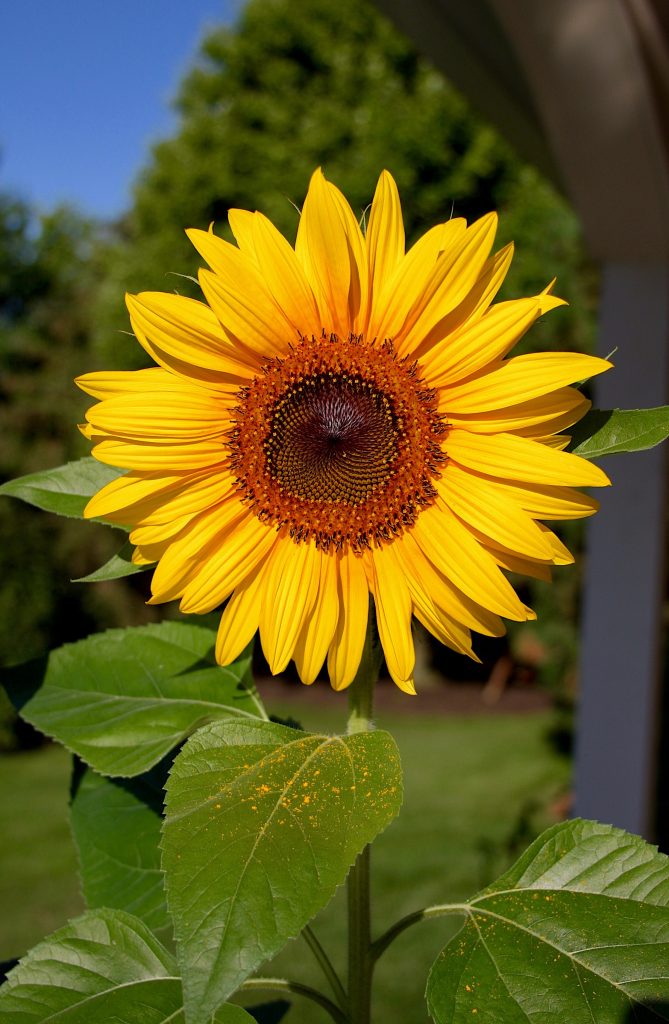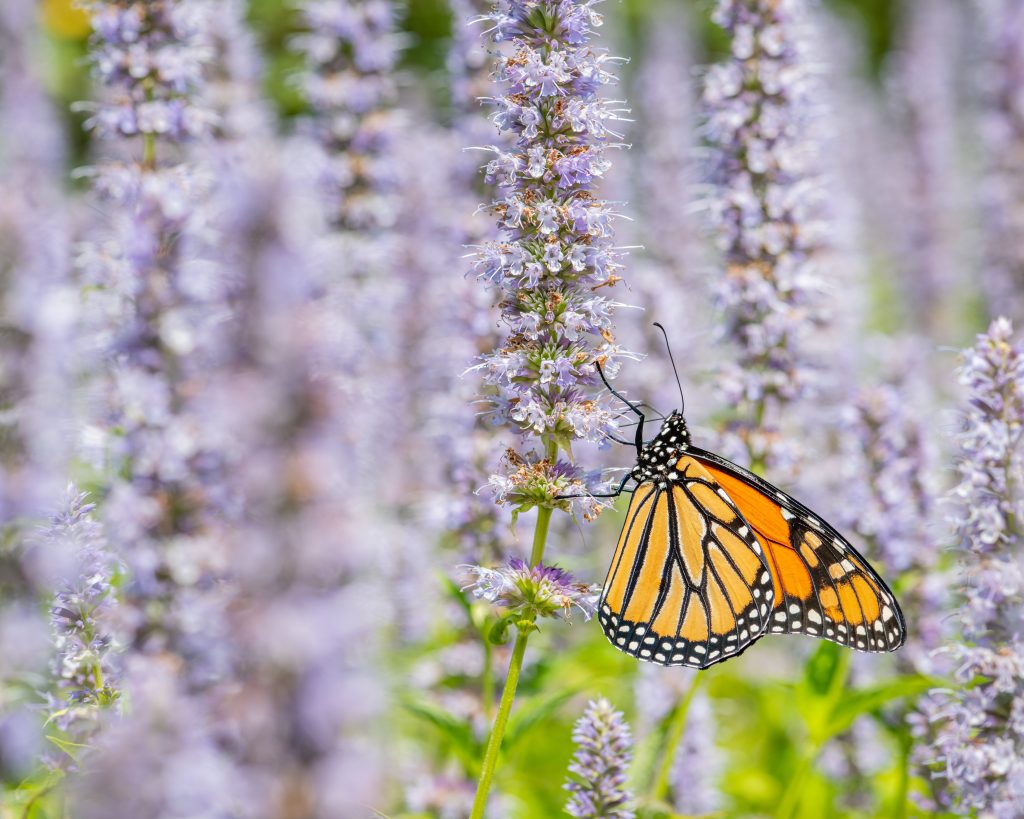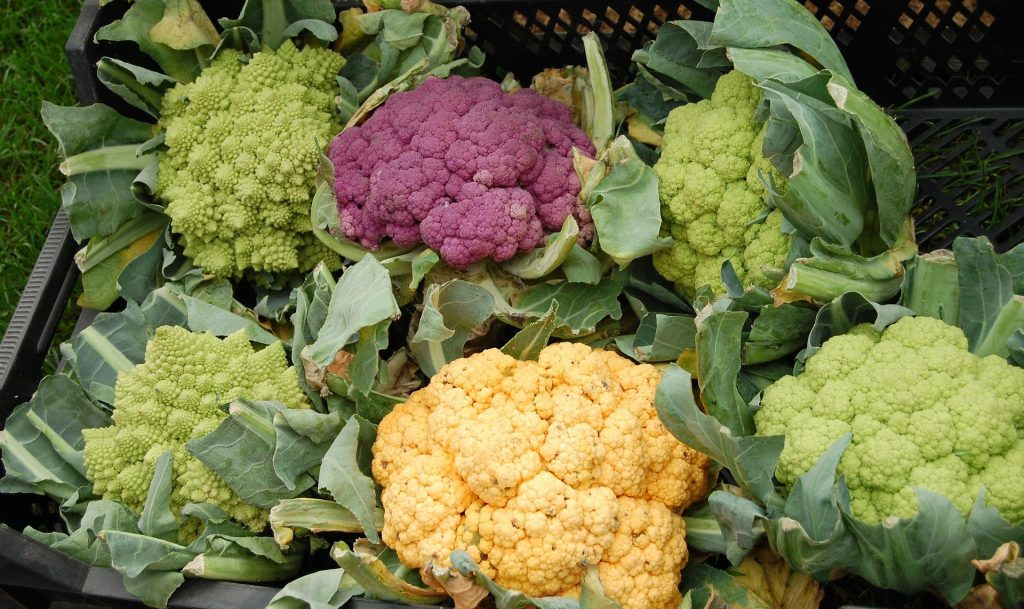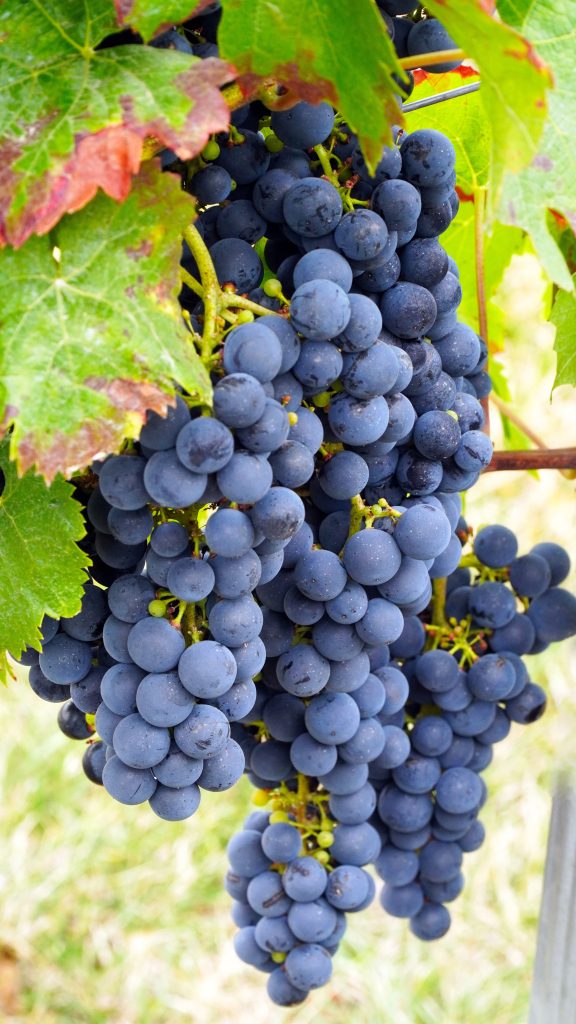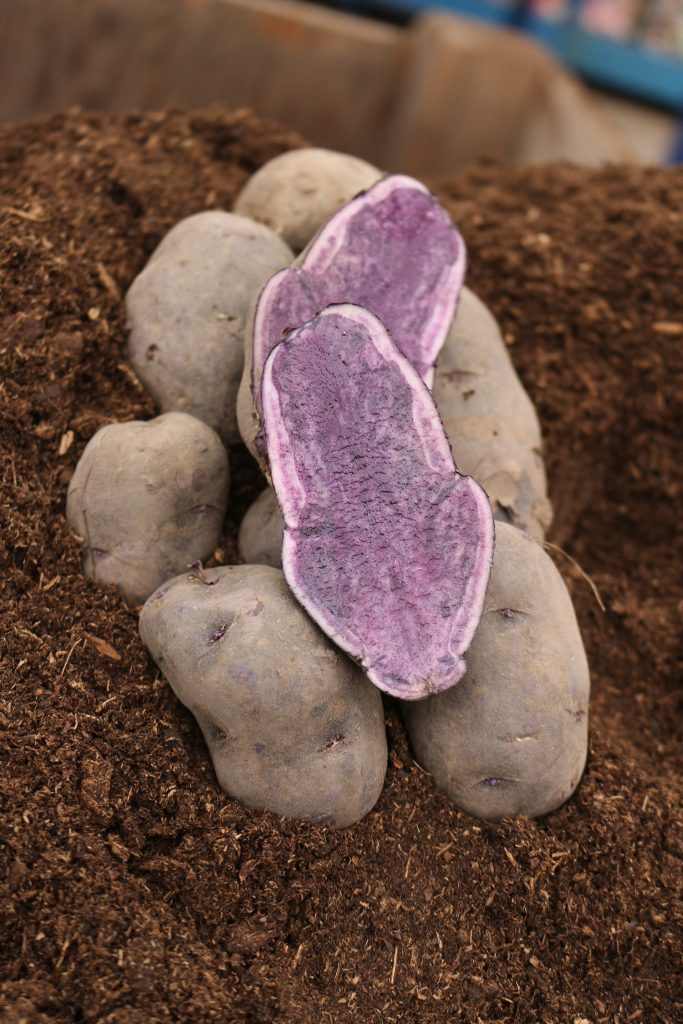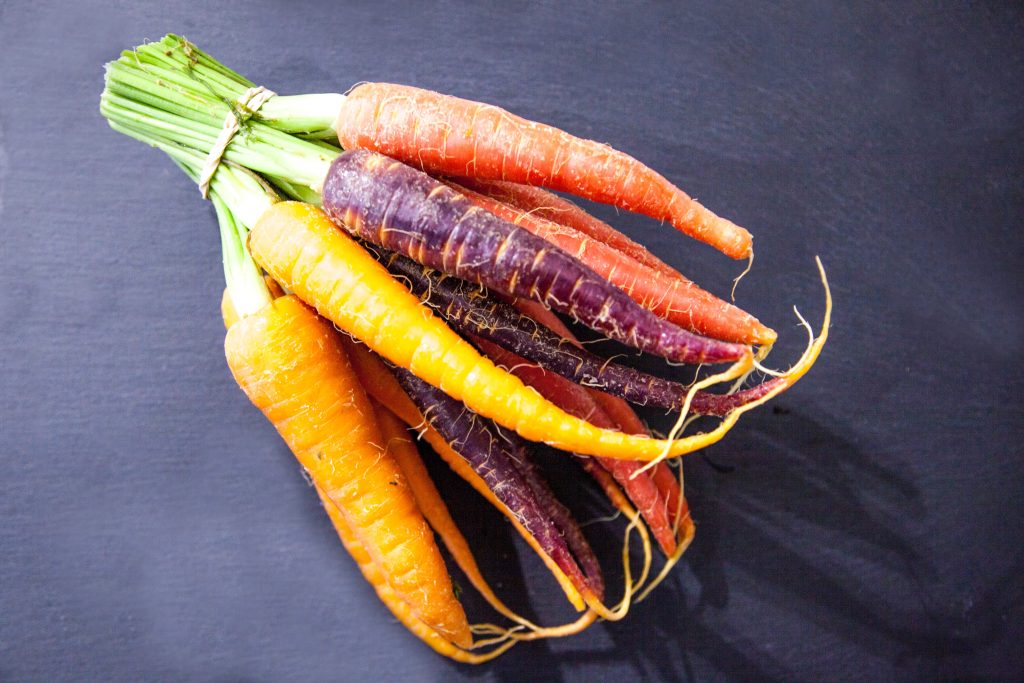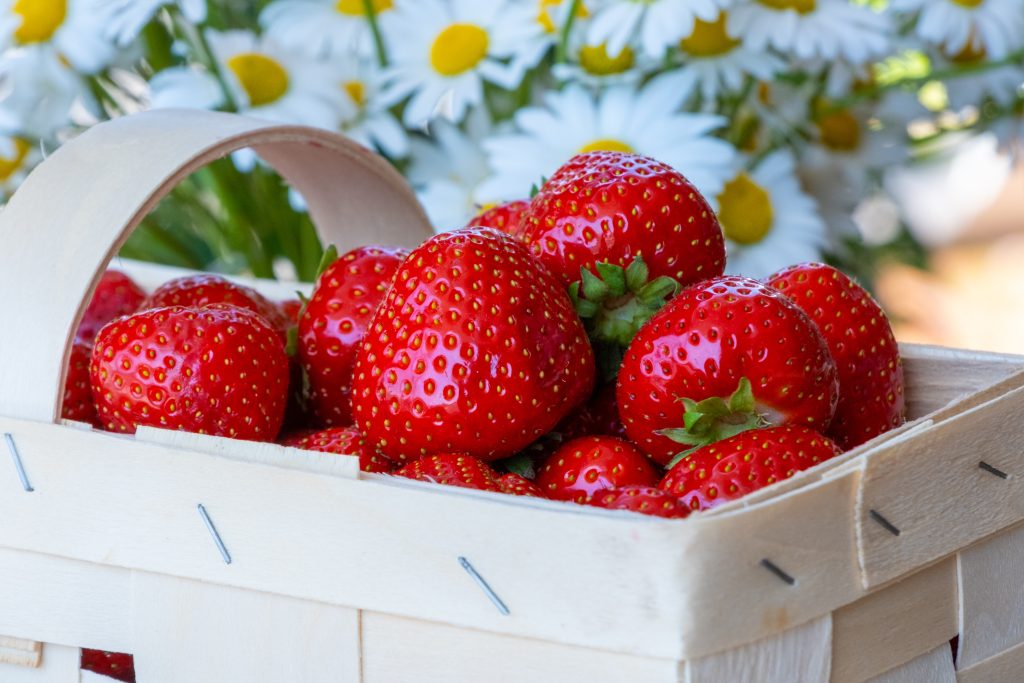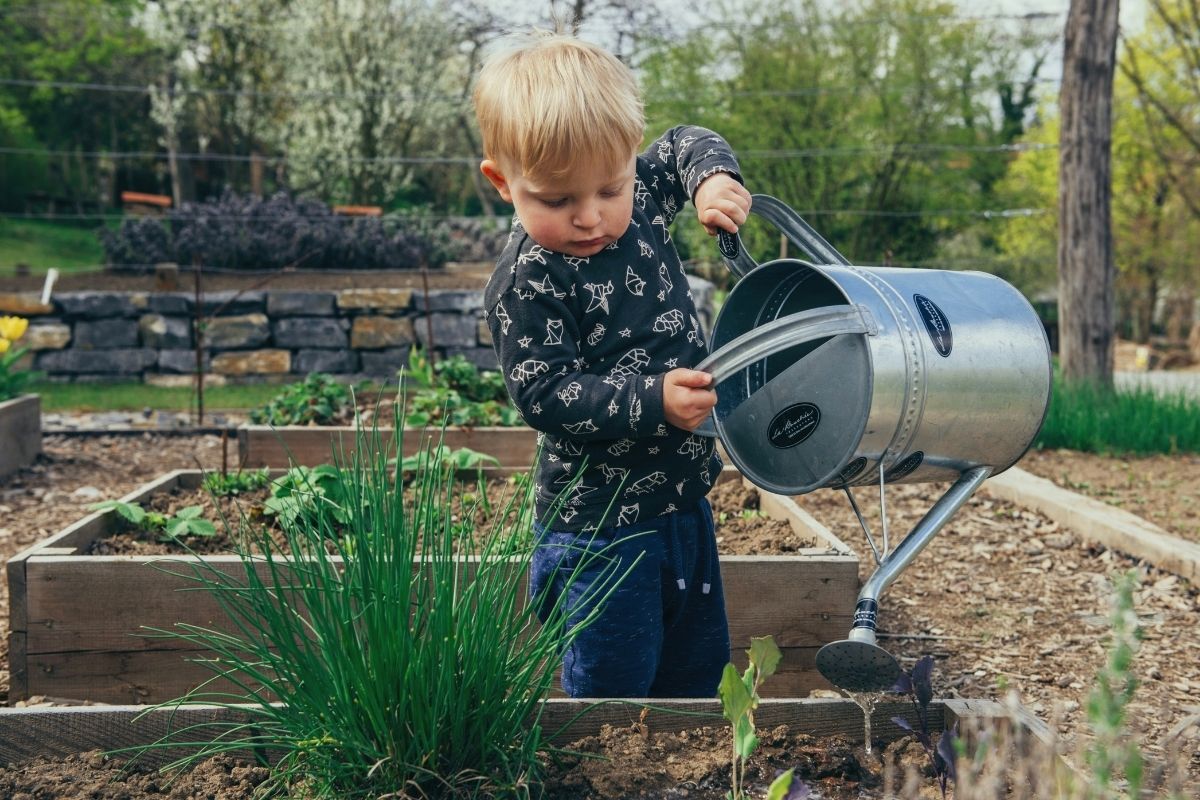
How to Create a Safe Garden for Kids
As the weather is getting warmer, kids are (hopefully) taking breaks from electronics and heading outside to play. Teaching kids a love for gardening is a great idea, and it’s also a good way to get them some fresh air! Gardens are generally a safe space for kids to play, but whether you have a large or small outdoor space, it’s important to make sure your children will be safe. Believe it or not, while there are many beautiful plants and flowers in the garden, not all are safe for kids. Some, if ingested or touched, can be harmful. The garden is excellent for a child’s creativity, so here are some tips on keeping your garden and yard kid-friendly, and some ideas on how to encourage your child’s love of gardening!
Table of Contents
Be aware of hazards
A garden is not only made up of plants, flowers, and trees. There are some hazards to take note of when you send your kids outside to play. If you have a water feature in your garden, place proper fencing around it to prevent children from falling in. Make sure to clean up and properly store your garden tools away from kids. Sharp garden tools may look like toys to the untrained eye. Keep children away from power equipment such as lawn mowers, grass trimmers, and pressure washers.
Grass
Lush green grass not only looks great from the street, it’s also great to run and play on. When using fertilizers on your lawn, the safest method is to opt for organic blends. However, if you choose to use chemical fertilizers, keep your kids off the lawn until it has been exposed to at least a quarter of an inch of rain, or a good watering. Afterwards, wait at least 24 hours until allowing kids to play on the lawn again.
Harmful Plants in the Garden
Now that the yard is safe for your kids, its time to check out the plants in the garden.
Teach your kids the general rule not to touch the ornamental plants in the garden. Mention that plants grow best when they are not bothered. As unpleasant as it might be to discuss poisonous plants in the garden, it’s important to be aware of these hidden hazards. Make sure to properly educate your children and the neighbourhood kids of the varieties in your garden, and for them to ask before touching different plants.
There are a few common plants in many gardens that are so well-known that people don’t know they are harmful. We are all aware of the dangers of poison ivy, but it’s surprising to most how many other common plants are harmful when ingested, or even touched! A garden favourite, rhododendrons can be found in many gardens. With their colourful flowers, it’s understandable why they are so popular. However, ingesting parts of the rhododendron can cause serious issues.
Another gorgeous plant found in gardens is the wisteria vine, which ranks as one of the most dangerous plants in your backyard. All parts of the wisteria plant including the blooms and seed pods are toxic! Two other common garden varieties to watch out for are aconitum (Monkshood), and digitalis (Foxglove). Although gorgeous, the bell-shaped blooms of foxglove, and all parts of aconitum can have serious ill effects. To replace the bell-shaped blooms of both varieties, and the lovely purple of wisteria in your garden, try planting campanula. This gorgeous bellflower grows in spires of blooms similar to both aconitum and foxglove. Also be very careful with convallaria (Lily of the Valley), as it is harmful when touched and ingested and also the very popular clematis which is harmful to the skin.
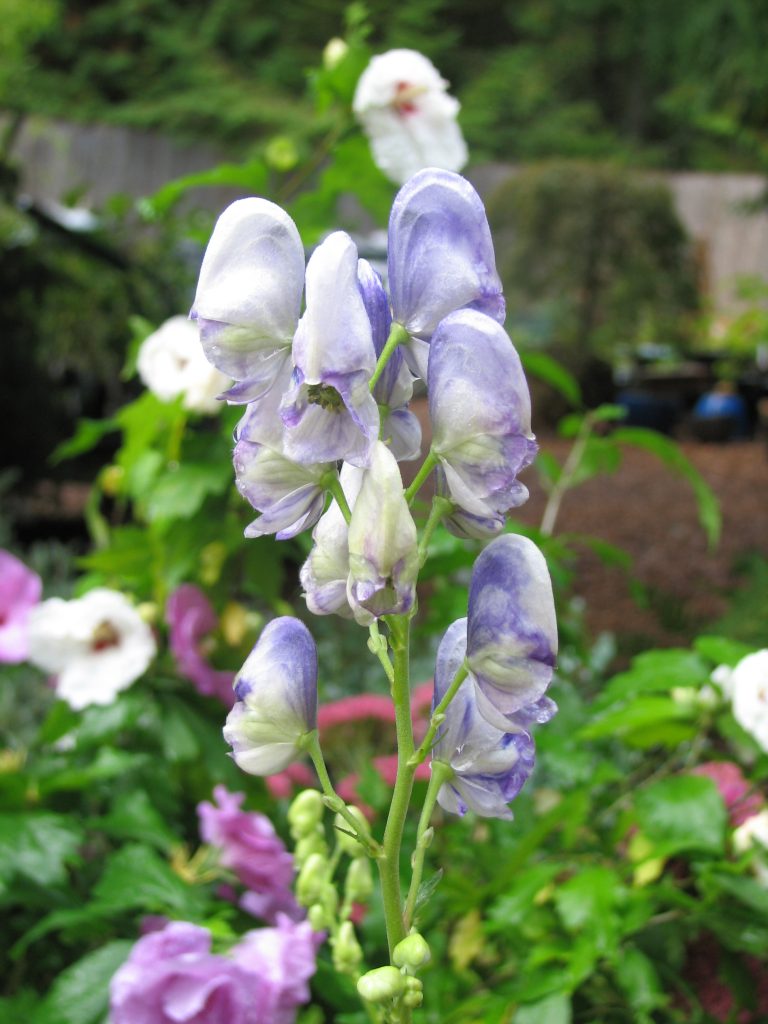
Acontium Bicolour 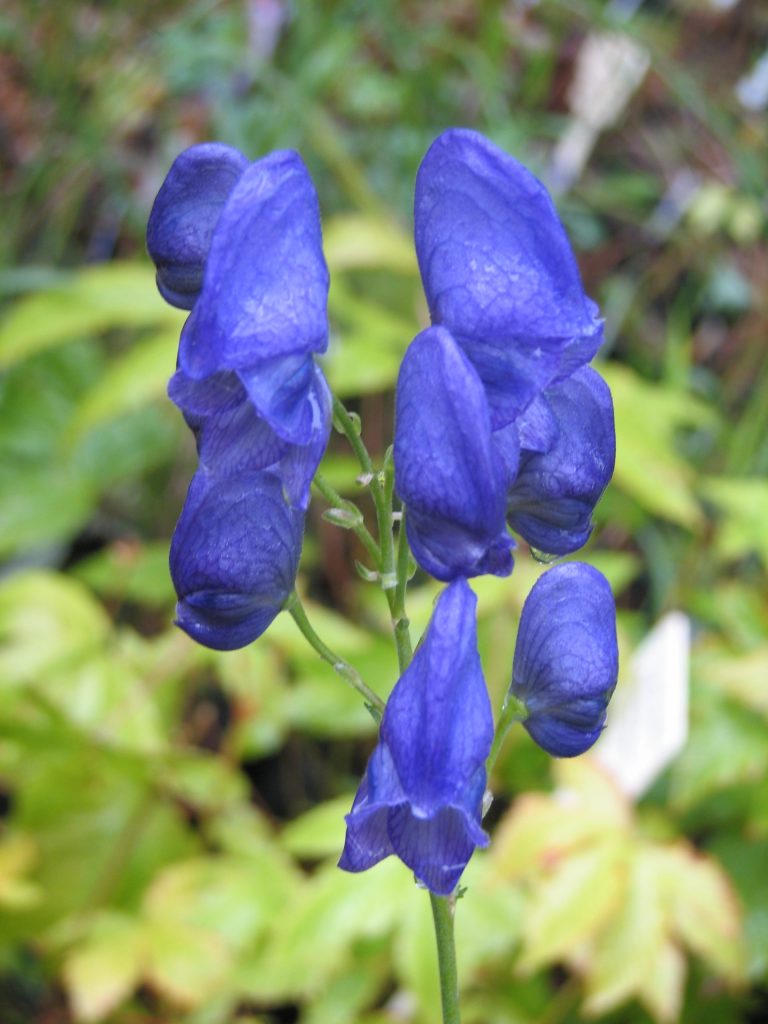
Acontium Blue 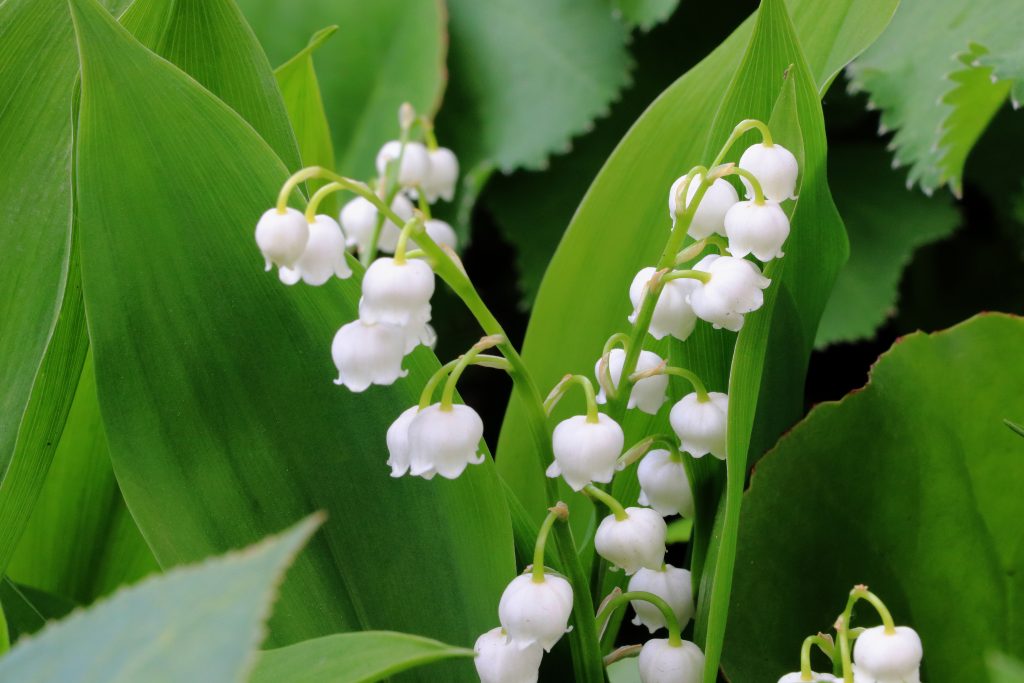
Convallaria (Lily of the Valley) 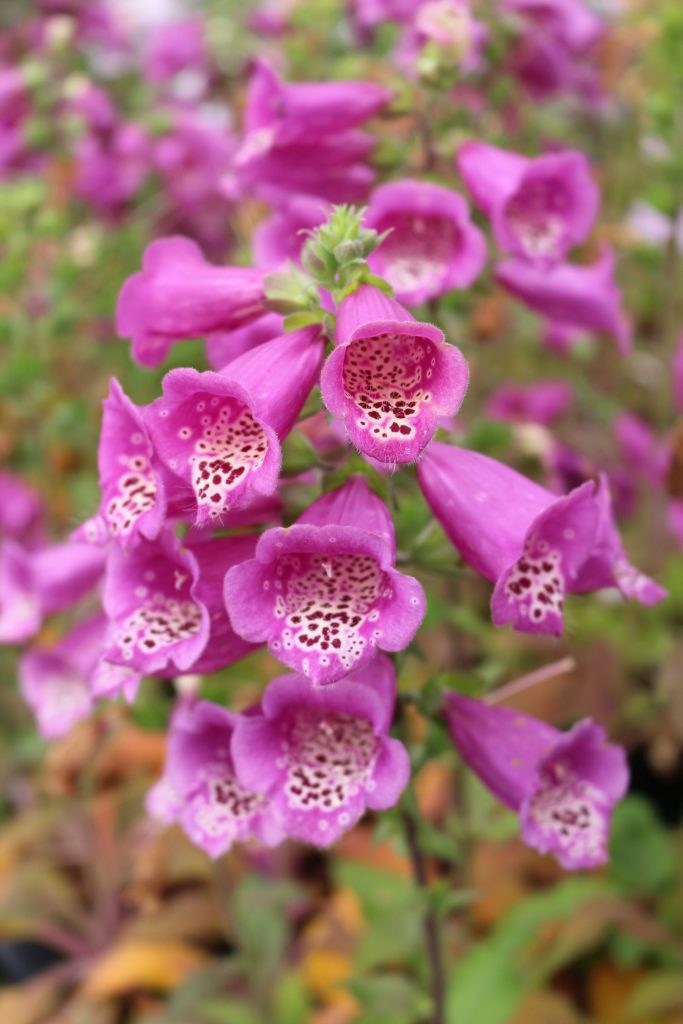
Digitalis 
Rhododendron 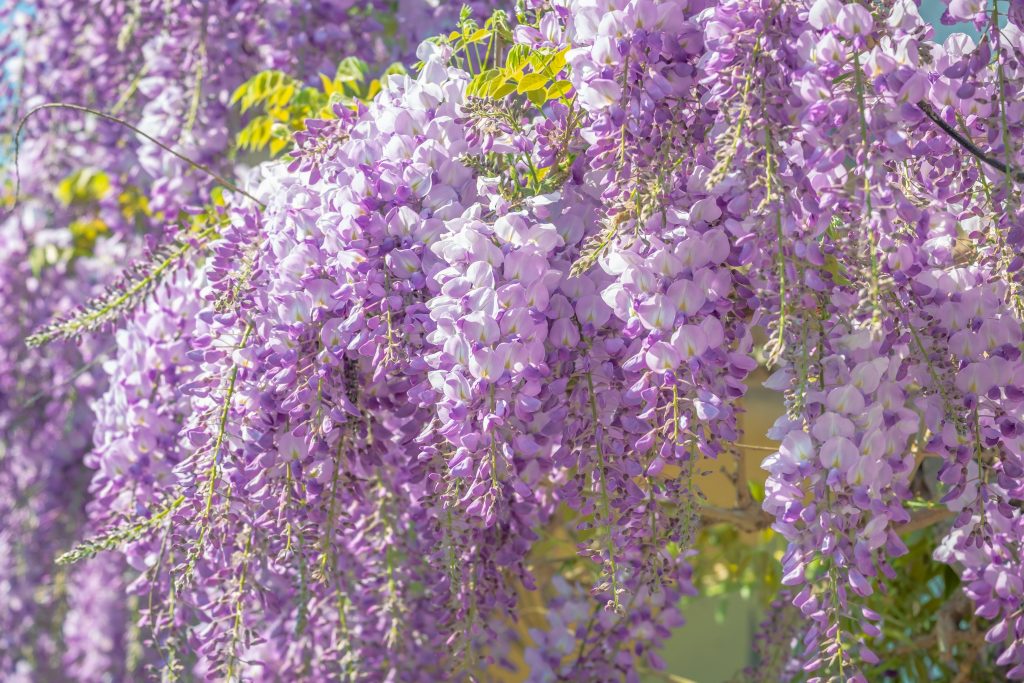
Wisteria
Other common plants found in many gardens to be aware of are peonies, physalis, iris, hellebores, dicentra and euphorbia. Be especially aware of harmful berries in your yard such as on a lonicera honeysuckle vine. Berries are very tempting to kids, as they are probably not aware that some can cause health issues (check out suggestions below for other berries to plant).
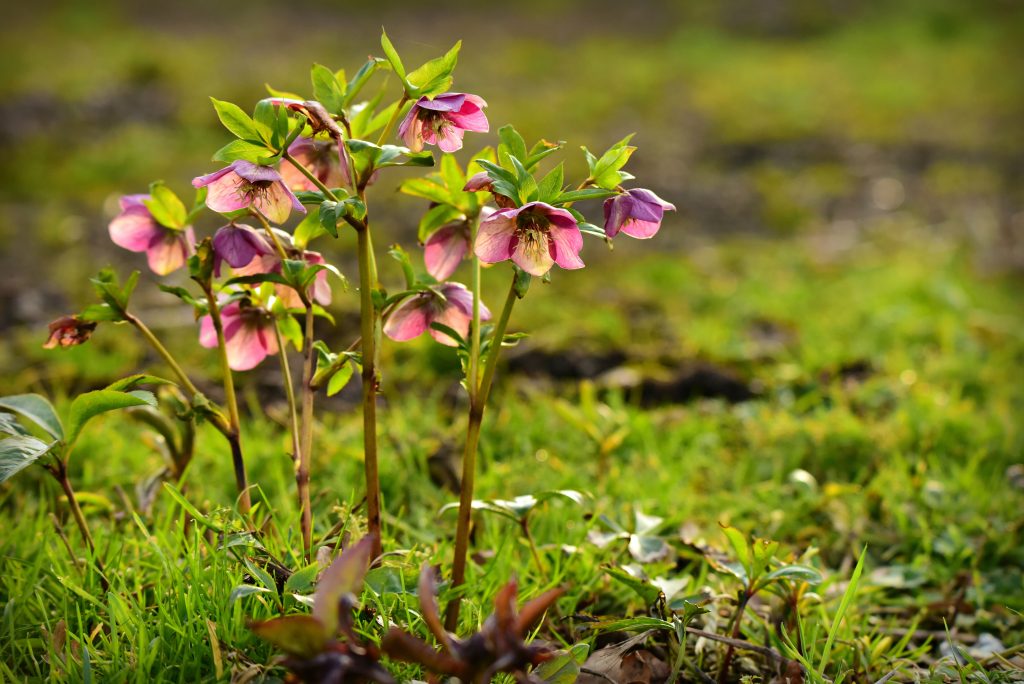
Hellebore 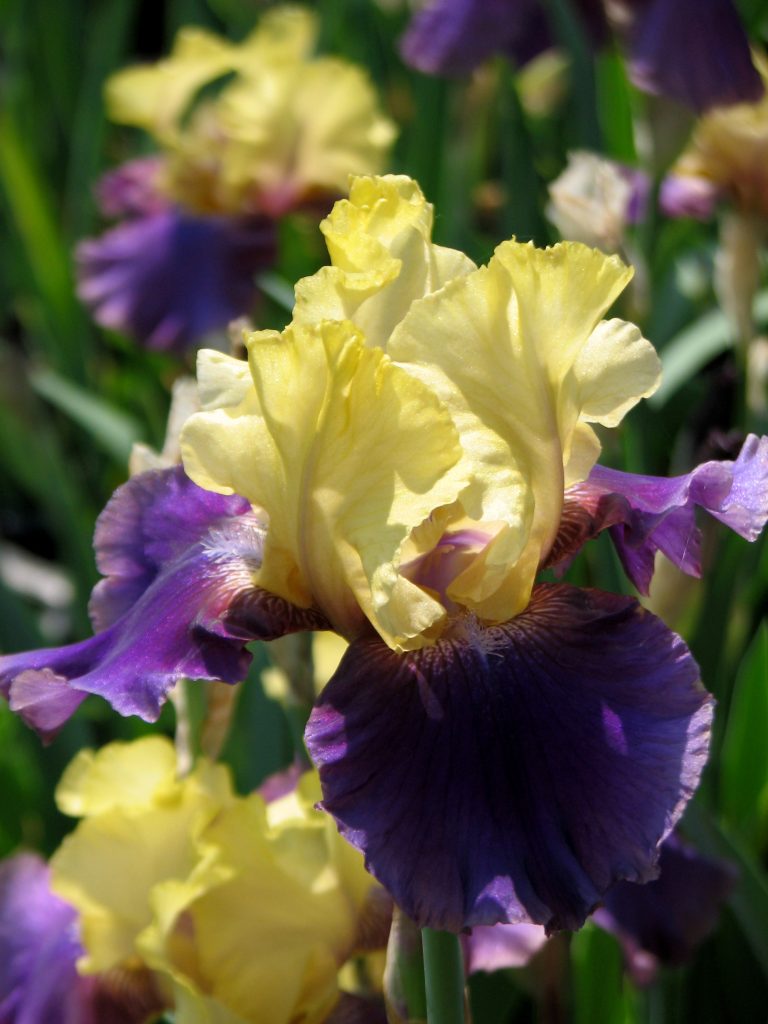
Iris 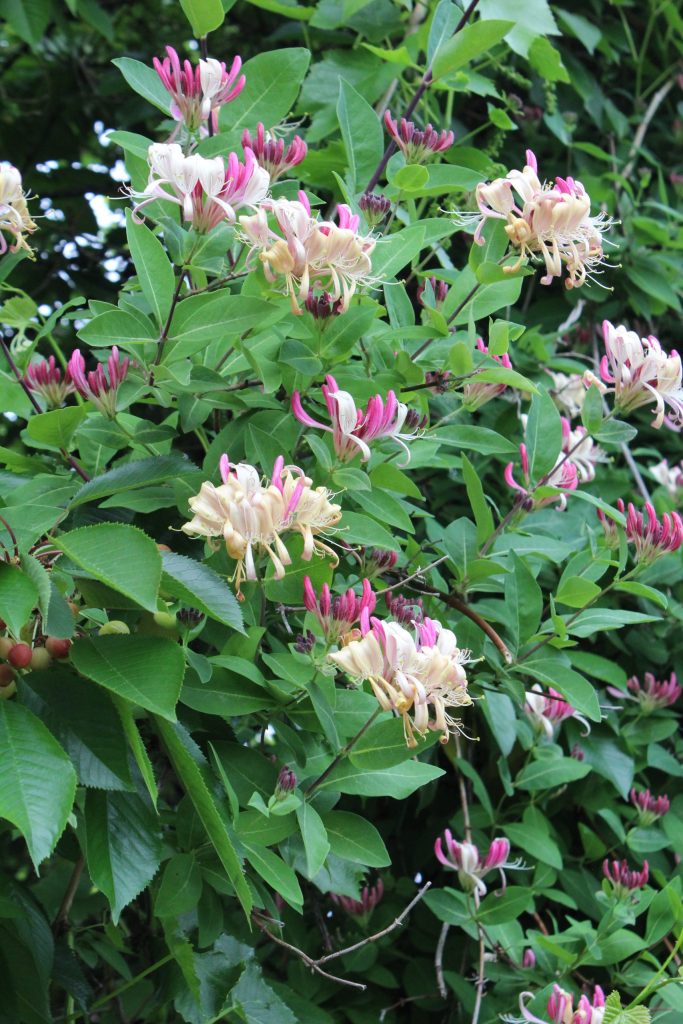
Lonicera flower 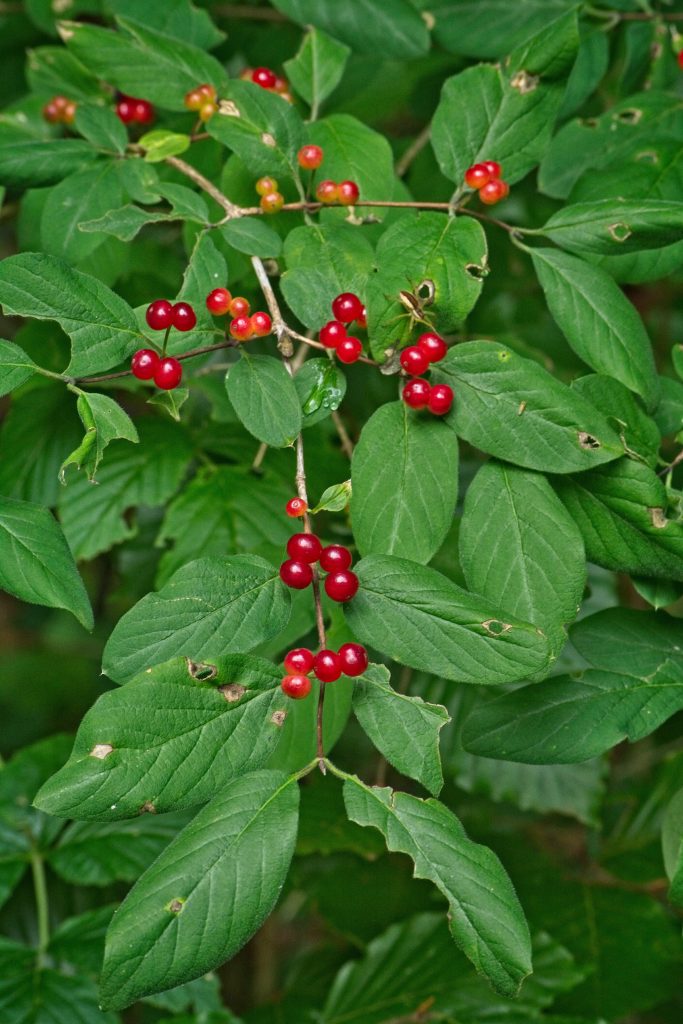
Lonicera berries 
Physalis 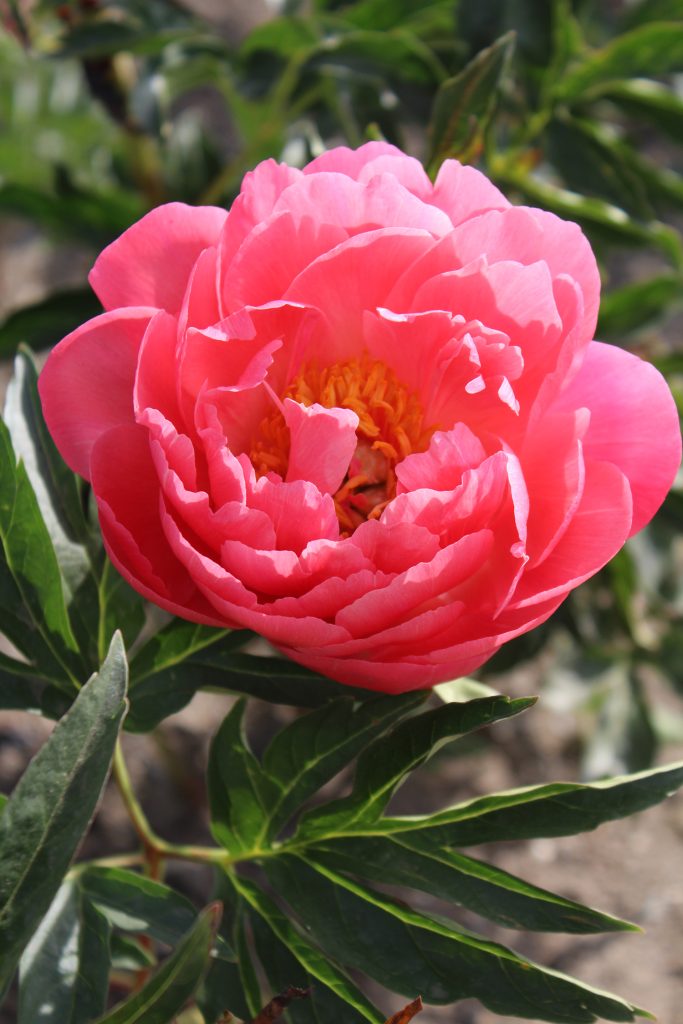
Peony
Once plants are identified as dangerous to humans, it doesn’t mean you have to rip up your landscaping. Just make sure you have proper safety structures in place and to educate your kids. It can be concerning to think about the dangers that lurk out in the garden, however with a little research and maybe some alterations to fencing, tool storage, and picking out some different plants, you will be able to rest easy.
To review a comprehensive list of plants to avoid, visit https://ucanr.edu/sites/poisonous_safe_plants/Toxic_Plants_by_common_Name_659/
How about creating a kid friendly garden?
Getting your kids involved in gardening can be a fun outdoor activity. Replace dangerous plants and create a safe garden space in your yard with the help of your kids. Research some safe garden plants or ask the experts at your local garden centre. Create a garden especially for your kids. Ask them to pick out plants and bulbs with you to create a sense of ownership and pride. There are so many unique, bright, and exciting varieties to choose that will excite kids.
Safe Plants for Kids
As there are harmful plants for kids, so too are there many plants safe for your garden. Add the bright yellows and oranges of sunflowers and marigolds, or the purple lamb’s ear which has soft velvety leaves!
Try an Edible Garden
A very rewarding type of garden for kids is a vegetable garden. Try planting uncommon varieties such as purple, red, or yellow carrots, green cauliflower, striped tomatoes, or purple potatoes. Vegetable gardens are great for kids as they can experience the full cycle of planting, growing, and harvesting!
Berries are also a great option. Strawberries, blueberries, and seedless grapes are delicious treats you can eat right out of the garden bed. They are also great to use in smoothies, on ice cream, and in desserts for your kids.
Another project you can try with your kids is an herb box. Grow some tasty herbs for your recipes such as mint, basil, sage, dill and lemon balm.
The outdoors is a great place for children learn and explore, however it’s important to do your due-diligence and make sure your garden is safe for them to create and have adventures in.
If you suspect your child has had contact with a poisonous plant, contact poison control.



